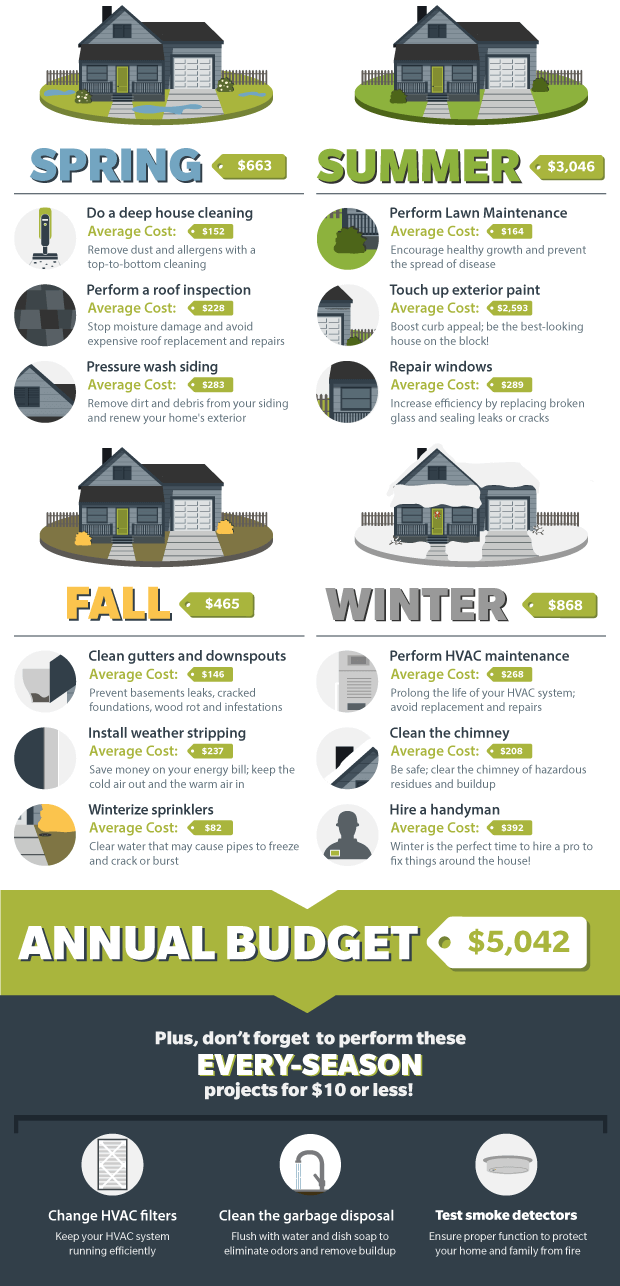Usual Roof Installation Mistakes And Exactly How To Prevent Them
Usual Roof Installation Mistakes And Exactly How To Prevent Them
Blog Article
Write-Up By-Bossen Snow
When you're intending a roofing installation, it's simple to neglect essential details that can bring about substantial problems down the line. You could be attracted to cut corners on material selection or skip proper blinking setup, yet these usual errors can lead to costly repair work later on. Understanding the value of air flow and sticking to regional building codes is important for an effective project. So, what are the vital actions you should take to guarantee your roof stands the test of time? Let's check out some efficient techniques to stay clear of these pitfalls.
Poor Product Choice
When it involves roof installment, picking the wrong products can result in costly issues down the line. You might assume that any roof material will certainly do, but that's a typical false impression. It's vital to select materials that suit your local environment and the specific needs of your home.
For example, if you stay in a location with hefty rainfall or snow, selecting asphalt roof shingles might not be the most effective option. Instead, think about even more resilient alternatives like steel or slate.
Additionally, pay attention to the top quality of the materials you're thinking about. Low-cost products might save you money upfront, however they usually do not have long life and can cause constant repair work or replacements.
You ought to likewise consider the style of your home and ensure the materials you pick will keep its visual allure.
Lastly, don't fail to remember to speak with specialists. They can provide useful understandings and suggest products that adhere to local building ordinance.
Spending time in appropriate product selection currently can assist you stay clear of frustrations and costs in the future, making your roof covering project a success.
Inadequate Flashing Setup
Picking the ideal materials isn't the only factor that can lead to roof covering troubles; inadequate flashing installation can also produce considerable problems. Flashing is essential for guiding water far from susceptible locations, such as smokeshafts, skylights, and roofing system valleys. If it's not mounted correctly, you run the risk of water invasion, which can result in mold growth and structural damage.
When you set up flashing, guarantee it's the ideal type for your roof covering's layout and the local environment. For example, metal blinking is often much more durable than plastic in areas with hefty rainfall or snow. Make sure the blinking overlaps appropriately and is protected tightly to stop gaps where water can seep through.
You must also focus on the installment angle. Blinking need to be positioned to route water far from the house, not toward it.
If you're not sure regarding the installation procedure or the materials needed, speak with a professional. They can aid identify the very best flashing alternatives and guarantee every little thing is installed correctly, safeguarding your home from potential water damages.
Taking https://www.consumerreports.org/roofing/ways-to-help-a-roof-last-longer/ can conserve you time, cash, and migraines down the road.
Neglecting Ventilation Needs
While many home owners focus on the visual and architectural elements of roof installation, disregarding ventilation requirements can result in severe long-term repercussions. Correct ventilation is crucial for managing temperature and wetness levels in your attic room, stopping problems like mold and mildew development, timber rot, and ice dams. If you don't install appropriate air flow, you're establishing your roofing system up for failure.
To prevent this error, initially, evaluate your home's certain air flow demands. san antonio tx roof repair balanced system commonly consists of both consumption and exhaust vents to promote air flow. Guarantee you've set up soffit vents along the eaves and ridge vents at the height of your roof covering. This combination allows hot air to escape while cooler air enters, maintaining your attic space comfortable.
Likewise, think about the sort of roof product you've chosen. Some materials may require extra air flow approaches. Verify your neighborhood building ordinance for air flow guidelines, as they can vary substantially.
Finally, don't neglect to evaluate your ventilation system on a regular basis. Clogs from debris or insulation can hamper air movement, so maintain those vents clear.
Conclusion
In conclusion, preventing usual roof setup mistakes is key to guaranteeing your roofing system's long life and performance. By picking the best materials for your climate, installing flashing appropriately, and attending to ventilation demands, you can prevent pricey issues later on. Do not fail to remember to familiarize yourself with neighborhood building codes and schedule normal assessments. With these steps, you'll delight in a risk-free, sturdy roof covering that secures your home for many years to find. Happy roofing!
